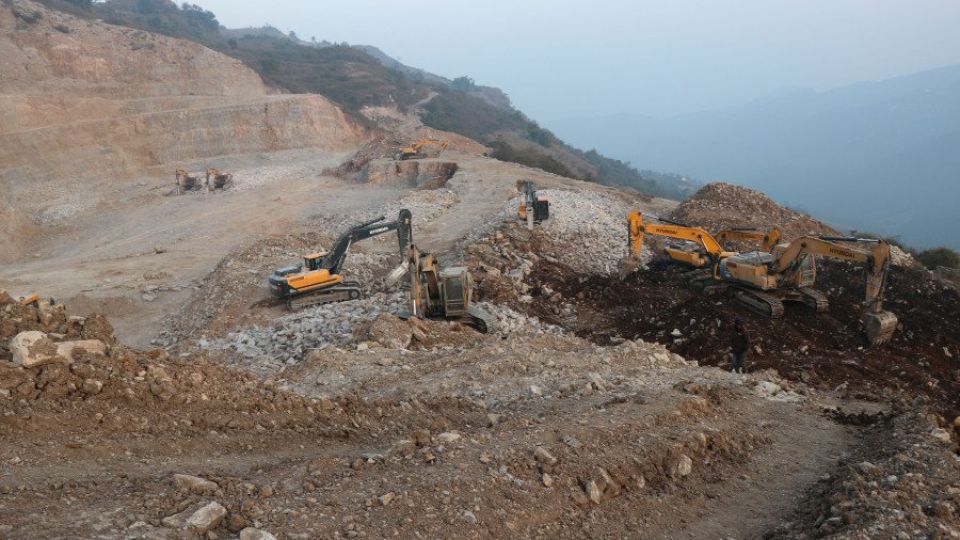December 1, 2023
KATHMANDU – Foreign direct investment (FDI) pledges to Nepal increased by 89 percent year-on-year during the first four months of this fiscal year.
According to the Department of Industry, Nepal received FDI pledges totalling Rs21.88 billion for 178 projects in the review period. During the same period in the last fiscal year, the country had received investment promises worth Rs11.60 billion.
The department said the pledged investments would create 1,098 jobs.
Shankar Singh Dhami, director of the Foreign Investment and Technology Transfer Section at the industry department, said that the rise in investment pledges was due to two large-scale projects proposed by South Korean investors.
Dhami, however, did not provide details of the projects.
“As the budget for the current fiscal year has removed the provision of requiring approval for reinvestment, it has caused a positive impact on foreign investment pledges.”
The budget has also removed the threshold on foreign investment in the information technology sector.
It also eased foreign currency exchange rules for companies exporting information technology services and establishing contact offices in third countries.
The Ministry of Industry, Commerce and Supplies has recently amended the Foreign Investment and Technology Transform Act simplifying the procedures for the registration of foreign direct investment projects of up to Rs500 million.
The rules allow investors in different sectors such as energy, agriculture and forestry, infrastructure, tourism, IT, service and manufacturing to use an automated process to register their projects.
To improve the investment environment, this year’s budget has promised to set up a credit rating agency for foreign-invested firms. The budget has also promised hedging services for foreign investors to minimise foreign exchange risks by designating a hedging agency.
Dhami said as Finance Minister Prakash Sharan Mahat has announced organising an investment summit on April 9, it may bring in more foreign investment to Nepal.
“The finance minister informed us on Sunday that preparations have started for the investment summit. Bilateral meetings will be held with potential investors before the summit this year,” said Dhami.
In the first four months of the current fiscal year, of the total 178 FDI proposals, 170 were for small-scale projects, 5 for medium and three for large-scale projects.
From the sectoral viewpoint, 86.48 percent of the pledges are for the tourism sector, 69.39 percent for the service sector, 12.7 percent for manufacturing, 5.3 percent for the information, communication and technology sector, 4.2 percent for the infrastructure sector, and 1 percent pledges are for the agriculture sector.
According to the department, during the review period, it gave recommendations for 1,401 business visas—1,005 for investors, 117 for company representatives and 279 for dependents.
In the review period, royalties totalling Rs748.66 million were repatriated by foreign investors.
Similarly, the dividend amount repatriated by investors amounted to Rs1.41 billion. It was Rs2.12 billion in the same period last fiscal year.
However, there has been a massive gap between FDI commitments and realisation.
Nepal received FDI commitments totalling Rs7.9 billion in the first three months of the current fiscal year, but net FDI amounted to Rs3.37 billion.
Last fiscal year, according to Nepal Rastra Bank statistics, was one of the worst in terms of FDI realisation.
Nepal received FDI commitments totalling Rs38.46 billion in the last fiscal year, but net FDI amounted to Rs5.96 billion.
Experts said FDI commitments and actual realisation completely depend on the business environment. Despite government assurances of an improved business environment in the country, this has yet to happen, they said.
According to the Nepal Development Update published by the World Bank in October, foreign direct investment remained negligible and contributed a mere 0.1 percent of the GDP.
FDI is expected to increase from a low base in the forecast period due to the recent policy of lowering the minimum threshold for FDI inflows. Still, the contribution of FDI towards financing the current account deficit will continue to remain low until further significant reforms are implemented, the report said.


